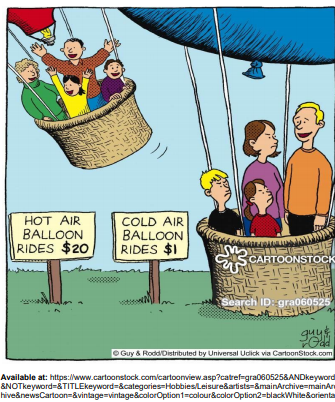Leia o texto a seguir para responder à questão.
Artificial intelligence and the future of medicine
Washington University researchers are working to develop artificial intelligence (AI) systems for health care, which have the potential to transform the diagnosis and treatment of diseases, helping to ensure that patients get the right treatment at the right time.
In health care, artificial intelligence relies on the power of computers to sift through and make sense of reams of electronic data about patients—such as their ages, medical histories, health status, test results, medical images, DNA sequences, and many other sources of health information. AI excels at the complex identification of patterns in these reams of data, and it can do this at a scale and speed beyond human capacity. The hope is that this technology can be harnessed to help doctors and patients make better health-care decisions.
Where are the first places we will start to see AI entering medical practice?
One of the first applications of AI in patient care that we currently see is in imaging, to help improve the diagnosis of cancer or heart problems, for example. There are many types of imaging tests —X-rays, CT scans, MRIs and echocardiograms. But the underlying commonality in all those imaging methods is huge amounts of high-quality data. For AI to work well, it's best to have very complete data sets—no missing numbers, so to speak—and digital images provide that. Plus, the human eye is often blind to some of the patterns that could be present in these images—subtle changes in breast tissue over several years of mammograms, for example. There has been some interesting work done in recognizing early patterns of cancer or early patterns of heart failure that even a highly trained physician would not see.
In many ways, we already have very simple forms of AI in the clinic now. We've had tools for a long time that identify abnormal rhythms in an EKG, for example. An abnormal heartbeat pattern triggers an alert to draw a clinician's attention. This is a computer trying to replicate a human being understanding that data and saying, "This doesn't look normal, you may need to address this problem." Now, we have the capacity to analyze much larger and more complex sources of data, such as the entire electronic health record and perhaps even data pulled from daily life, as more people track their sleep patterns or pulse rates with wearable devices, for example.
What effect will this have on how doctors practice medicine?
It's important to emphasize that these tools are never going to replace clinicians. These technologies will provide assistance, helping care providers see important signals in massive amounts of data that would otherwise remain hidden. But at the same time, there are levels of understanding that computers still can't and may never replicate. To take a treatment recommendation from an AI, even an excellent recommendation, and decide if it's right for the patient is inherently a human decision-making process. What are the patient's preferences? What are the patient's values? What does this mean for the patient's life and for his or her family? That's never going to be an AI function. As these AI systems slowly emerge, we may start to see the roles of physicians changing—in my opinion, in better ways. Doctors' roles may shift from being data collectors and analyzers to being interpreters and councilors for patients as they try to navigate their health.
Right now, the challenges we need to address as we try to bring AI into medical practice include improving the quality of the data that we feed into AI systems, developing ways to evaluate whether an AI system is actually better than standard of care, ensuring patient privacy and making sure not only that AI doesn't disrupt clinical work flow but in fact improves it. But if doctors do their jobs right and build these systems well, much of what we have described will become so ingrained in the system, people won't even refer to it separately as informatics or AI. It will just be medicine.
Disponível em: https://medicalxpress.com/news/2018-12-artificial-intelligence-future-medicine.html. Acesso em: 02 maio 2019.
Considering the ideas expressed in the text, artificial intelligence (AI) systems


